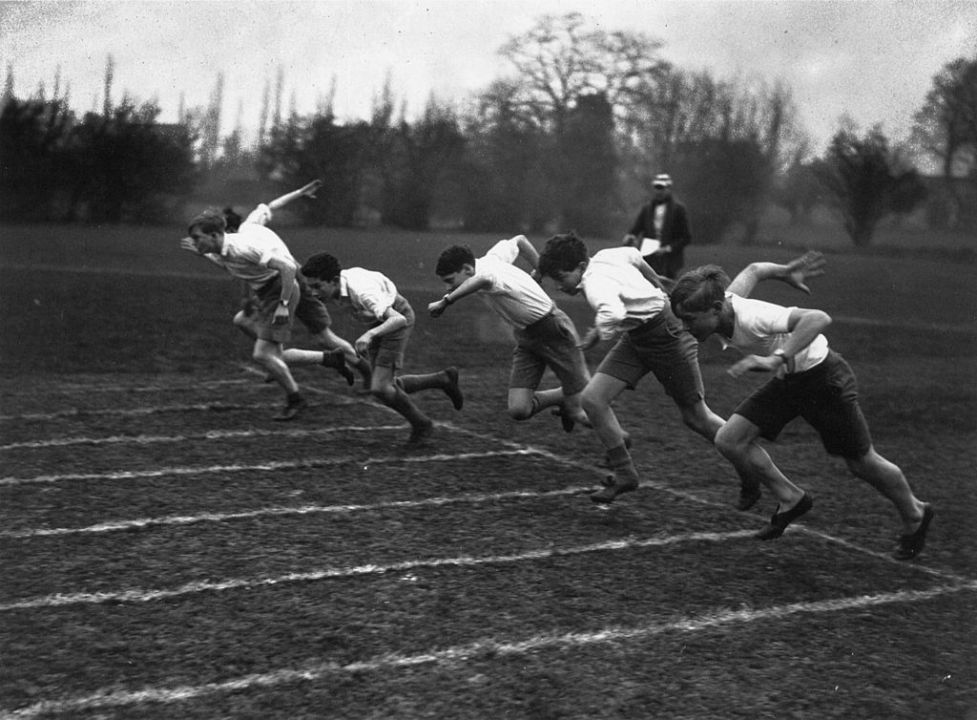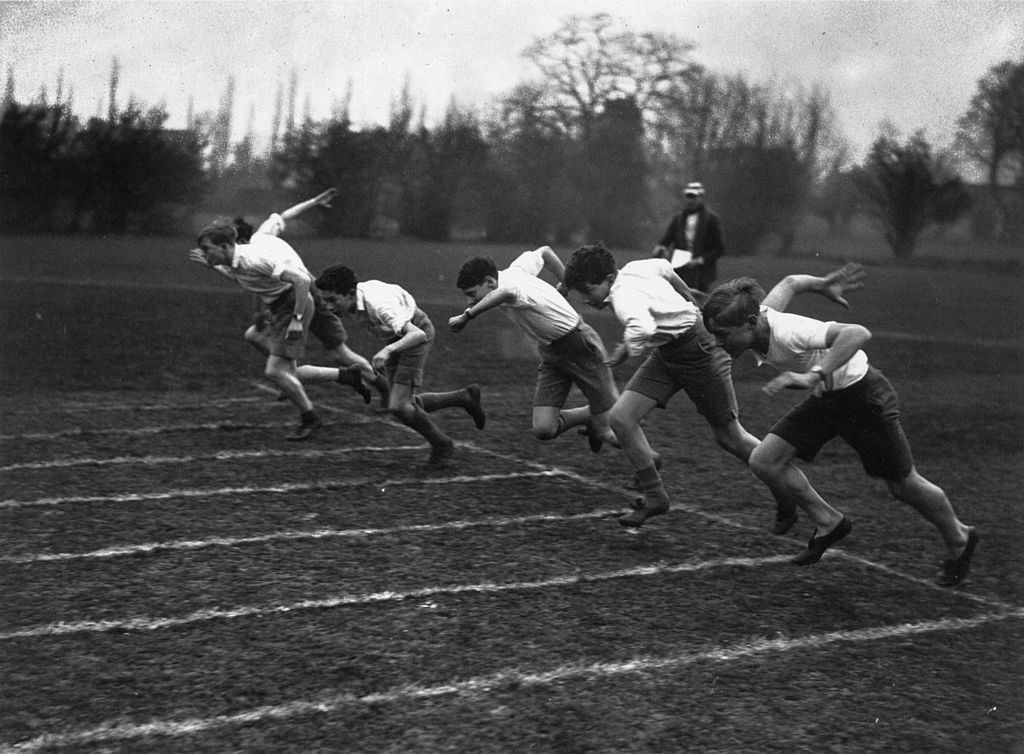First Charterhouse, then Winchester – now Westminster. In the past two years alone, three of Britain’s most famous schools have recently turned, or are planning to turn, fully co-educational. How many more boys’ schools will follow?
One popular argument for the change is, as ever, that girls will be a ‘civilising influence’ upon teenage boys – especially in the light of the sexism exposed by the ‘Everyone’s Invited’ scandals. The more that teenage boys learn to study with girls and respect them, the less likely it is such scandals will be repeated.
I taught at two traditional schools which turned co-educational in the 1990s, Uppingham and Cranleigh. Then, it was usually a shortage of numbers which triggered the move to take girls. In the 1990s and 2000s, numbers were in sharp decline at traditional boarding schools, so it made sense, economically as well as culturally, not to exclude half the potential market.
What’s clear, as Westminster suggests on its website, is that all-boys schools don’t suit the zeitgeist any longer
But now it’s different. Charterhouse, Westminster and Winchester are by-words for excellence. I can’t imagine any of them struggling for pupils, even in today’s harsher economic times.
What’s clear, as Westminster suggests on its website, is that all-boys schools don’t suit the zeitgeist any longer. They seem antiquated, out-of-touch, an unrealistic preparation for the co-ed world to come at university and beyond. What’s more, as the Independent Schools Council (ISC) has revealed, in two-thirds of fee-paying households both parents work. Working parents increasingly want the flexibility of dropping their sons and daughters off at the same school gates, with the same term dates – not having to do everything twice over at separate schools.
Until recently, I taught at Radley College, one of the few remaining traditional public schools which still takes only boys. So I can see the argument for single-sex education: the Radley boys, without the ‘distraction’ of girls, were well-motivated and exam results were excellent. Since then however, I’ve switched to a co-educational school, Bradfield College in Berkshire. I’ve been struck by how much more natural it seems to have teenagers together in classes, particularly in the sixth form. Yes, there are drawbacks: some of the younger boys inevitably show off in front of the girls. But the sense of enquiry, engagement and respect is palpable.
And I can’t help thinking back to my own distant schooldays at the firmly single-sex St Paul’s in Hammersmith. There was a well-known girls’ school, St Paul’s Girls, just down the road in Brook Green; but unless you had the good fortune to land a starring part in the school play which had a mixed cast, you simply never saw any girls. We yearned for the day St Paul’s would finally turn co-ed. Sadly that day has yet to dawn.
This recent headlong rush to co-education is now so pronounced that only six traditional boys’ public schools survive: St Paul’s itself, Radley, Eton, Harrow, Tonbridge and Sherborne. I suspect it won’t be long before another one bites the dust too. Two generations ago, with their macho male culture of Spartan dormitories and compulsory rugby, the idea of mixed public schools would have been unthinkable. Now it’s clear the educational world has changed and traditional schools are changing with it. I, for one, as the product of an all-boys education, believe that can only be for the best.
Fascinatingly, in March there were rumours (in Tatler, naturally) that even Eton itself might be going co-ed. So the only question now is this: which will be the last traditional boys’ school left standing?







Comments